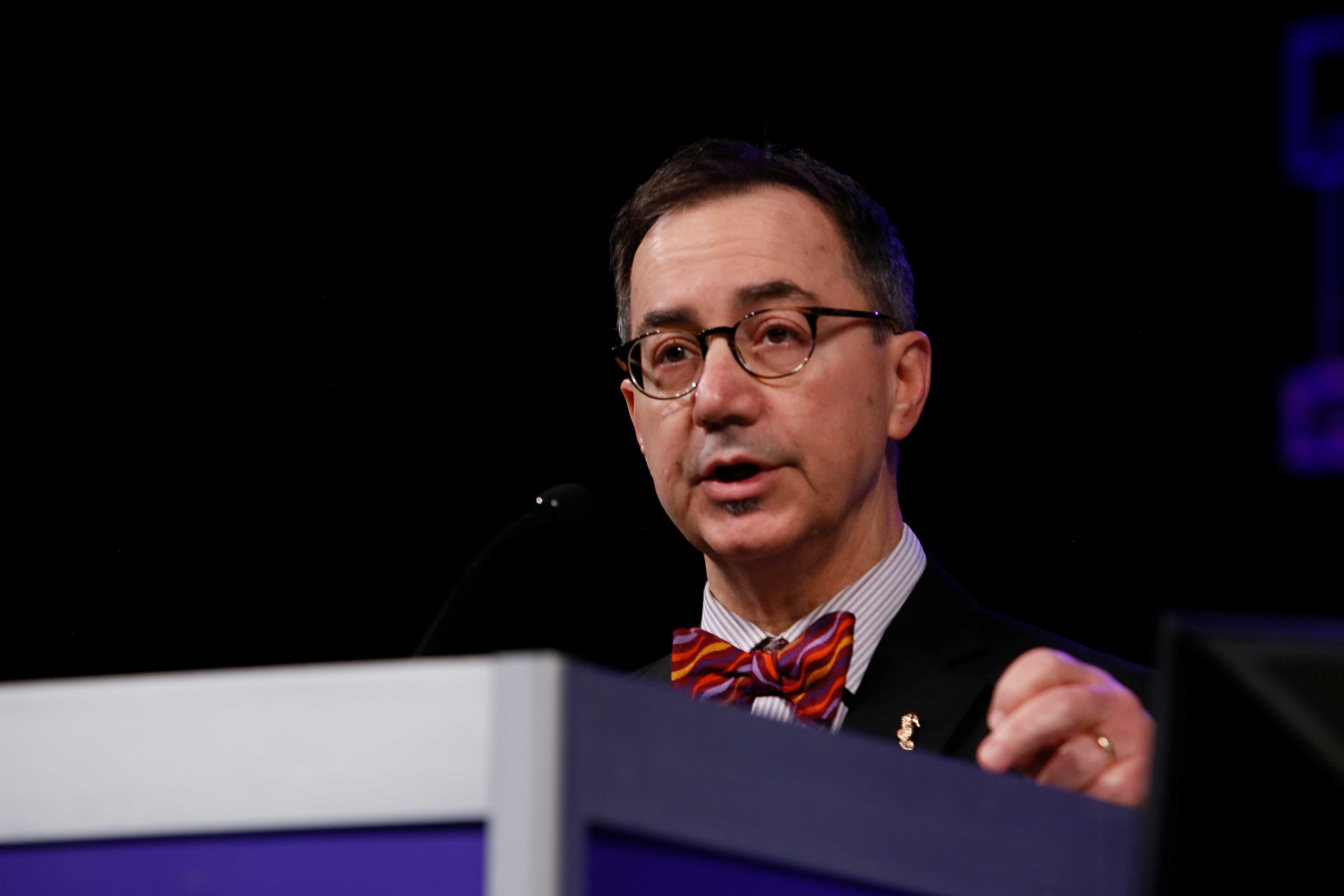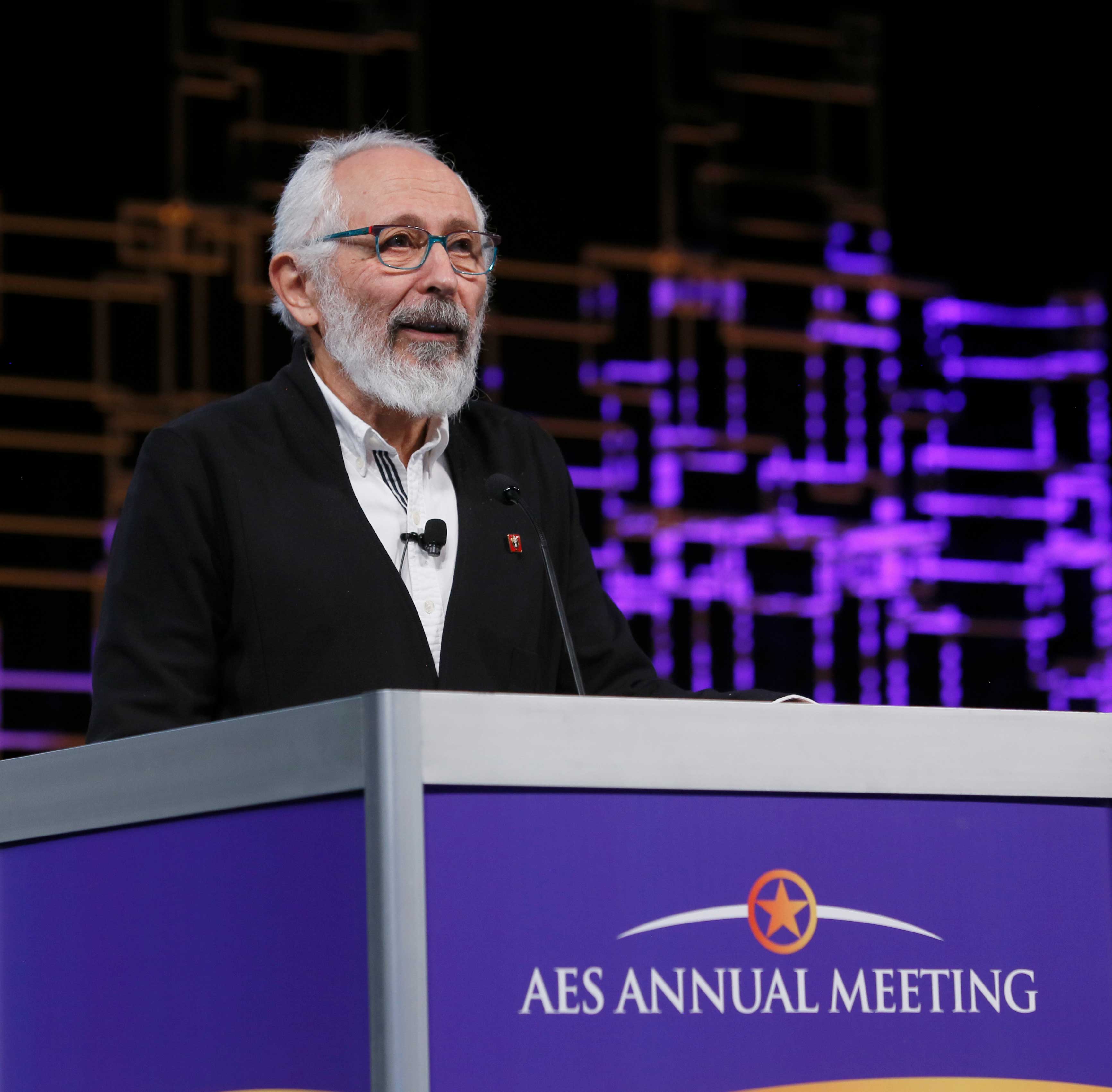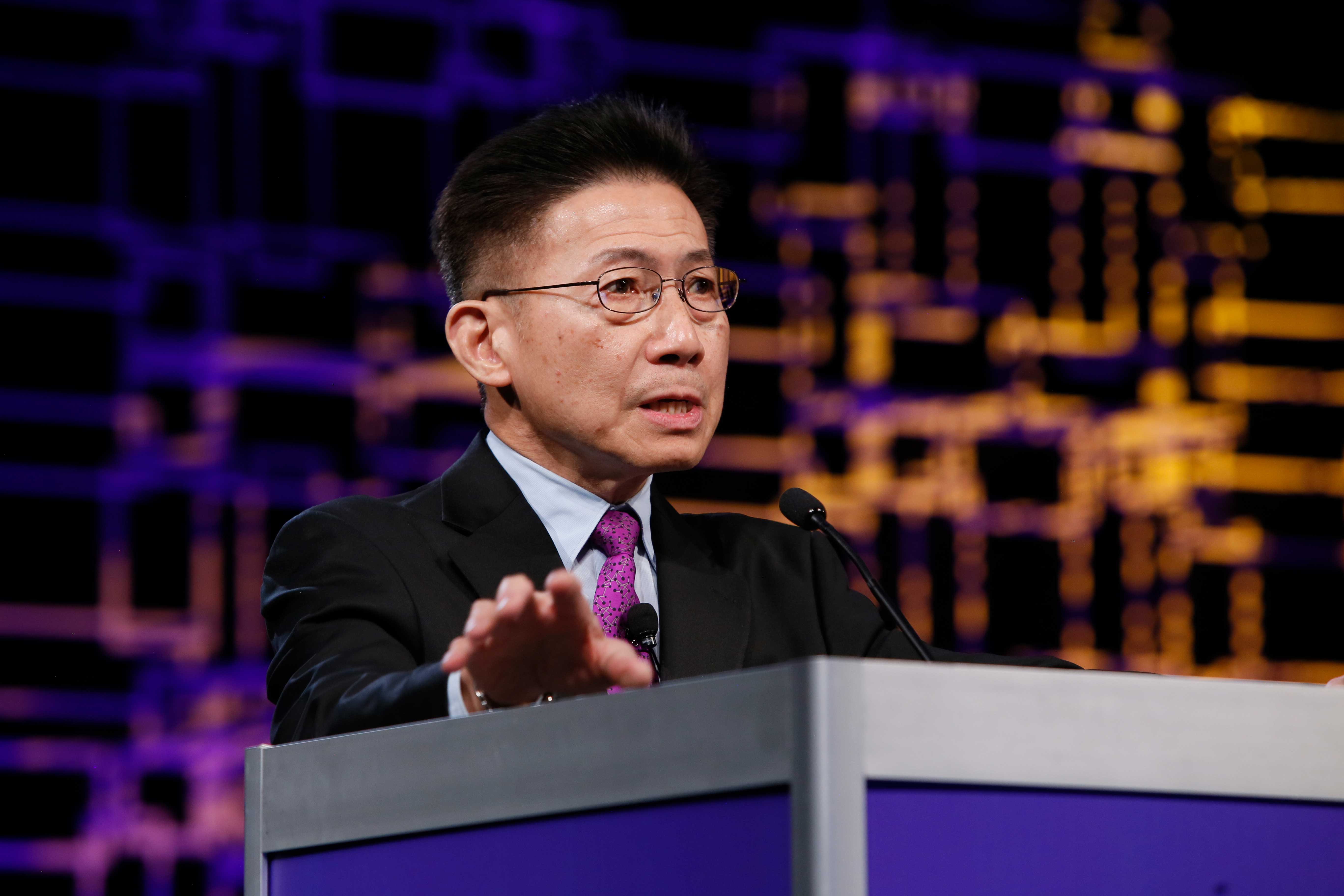
6th North American Regional Epilepsy Congress and 70th Annual Meeting of the American Epilepsy Society Houston, TX – 2-6 December 2016
Houston , Texas, USA
2 - 6 December 2016
The Annual Meeting of the American Epilepsy Society was again the largest gathering of professionals in epilepsy in the world, with over 5000 attendees from dozens of countries. This year’s meeting was also the 6th Biennial North American Regional Epilepsy Congress (for the North American Commission of ILAE) so it included the Canadian League Against Epilepsy and the Epilepsy Society of the Caribbean. The educational programs continued to be world class with cutting edge information on diagnosis, treatment and the latest research. Because of the fiscal strength of the AES, primarily due to the support of its members and rigorous management, the AES announced that it has again increased its support for research. The research support focuses on early career and trainees, because that is the future of the society. Finally, the major AES awards program for achievement in epilepsy was challenging because of the large number of remarkable clinicians and scientists who have advanced the field so much, but many American and International experts were honored.

For the Presidential Symposium, AES President Dr. Michael Privitera challenged speakers to predict the future! Each speaker briefly reviewed key aspects of the current state of their assigned area, including current “roadblocks,” and then speculated about the future. It was not the goal to predict specifically what will happen in the future, but rather use expertise and foresight to describe what could happen in the future and, perhaps, what should happen in the future. The topics of surgery and devices, bioinformatics, imaging, medication, and genetic discoveries, were of great interest as the enormous conference hall was almost at capacity.
- Dr. Dennis Spencer started off the morning reviewing the historical concept of identifying the “seizure focus” for surgical intervention and the advances using that strategy. However, in describing the future state, Dr. Spencer noted that advances in detecting and blocking distributed networks of seizure generation will allow us to be more effective at stopping seizures with fewer complications.
- Next Dr. Tracy Glauser focused on future opportunities of using patient derived data to support clinical decision-making, identify epilepsy surgery and clinical trial candidates sooner and, in a dramatic example, using advanced language analysis programs to determine suicide risk while the patient is being interviewed in the office.
- Dr. Jerzy Szaflarski discussed what to do with medication resistant epilepsy when the MRI is negative. There are now new scanners with higher resolution, better signal to noise ratio, and new methods for data processing. In addition, fMRI is gradually becoming the study of choice for function mapping during pre-surgical evaluations, although more studies are needed to assess the accuracy of memory assessment. EEG-fMRI will be used to more accurately assess the interaction of epilepsy and functional changes. Future trends to watch are connectivity and miniaturization for portability.
- Dr. Henrik Klitgaard believes that the explosion of genetic discoveries has “opened the door for precision medicine in epilepsy.” The newest generation of AEDs will target sub-populations of patients with treatment resistant epilepsy. The trends in the future will also include new anti-epileptogenic mechanisms (including mTOR), treatments that target both seizures and co-morbidities, and discovery of biomarkers. His slide of the projected status of AED development in 2031 was especially exciting!
- Dr. Peter Crino, presenting the inaugural Fritz E. Deifuss lecture, believes genetics will be fully integrated into both research and patient care. In the near future all human epilepsy genes will be identified allowing clinicians to screen for genetic variants that cause epilepsy and choose therapies that target those variants.

There were so many outstanding major lectures and symposia, it is impossible to summarize them all, but in the coming months the AES website will have essentially all of them available for viewing. Some selected highlights are Dr. Jean Gotman’s Lennox and Lombroso lecture on new developments in EEG, including updated findings on high frequency oscillations and EEG-fMRI.

The Hoyer Lecture delivered by Dr. Elson So was a moving presentation that personalized the tragedy of SUDEP but traced the dramatic and inspiring evolution of SUDEP research from a few case reports to a multi-organization, multi-national collaboration with major funding. Several different symposia, presentations, and special interest groups focused on the use of newer minimally invasive laser ablation techniques — assessing both the seizure and neuropsychological outcomes.
Two US government agencies presented information on ongoing studies and funding opportunities. The Centers for Disease Control and Prevention has provided major funding to follow the Institute of Medicine’s report on needs in epilepsy education; many additional sources of funding for public health projects were provided. The Food and Drug Administration staff and funded researchers presented the results of the extensive generic equivalence studies performed over the past several years.
The well-attended Annual Course used a case based platform to discuss intractable epilepsy, with presentations ranging from management of epileptic encephalopathies to the adult who has failed multiple epilepsy surgeries. The Merritt-Putnam Symposium provided a fascinating high tech tour of functional and structural imaging from the level of cells to fMRI of memory. The North American Commission symposium brought experts who discussed and debated the optimal management of epilepsy during pregnancy, providing the latest information on neurodevelopmental effects of AEDs. The newly named Interprofessional Care Symposium addressed assessment and intervention for psychosocial co-morbidities.
The AES meeting is well-known for the many special interest group sessions where there is more direct interaction among attendees. The special interest groups range from epilepsy in infants to seizures with Alzheimer’s, from work in the clinic to global health initiatives, and from translational research to decision making with invasive electrodes for pre-surgical localization.
Opportunities for interaction with colleagues were abundant as could be seen by all the small gatherings in the conference hallways. Once again the annual wine tasting and wine auction organized by Drs. Dennis Spencer, Greg Bergey and Michael Privitera and the AES team, was a hit for attendees from the novice to the aficionado, with extraordinary wines on display for tasting and purchase, all proceeds from which benefit the AES Lennox & Lombroso and Susan S. Spencer research funds.
The next AES Annual Meeting is December 1-5, 2017 in Washington, DC. Come and get energized as we work together toward a world without epilepsy
M Privitera
Gallery
Additional Photos
Photos from the 6th Biennial North American Regional Epilepsy Congress and the 70th Annual Meeting of the American Epilepsy Society.
Please check back — more photos coming soon!
Subscribe to the ILAE Newsletter
To subscribe, please click on the button below.
Please send me information about ILAE activities and other
information of interest to the epilepsy community





























